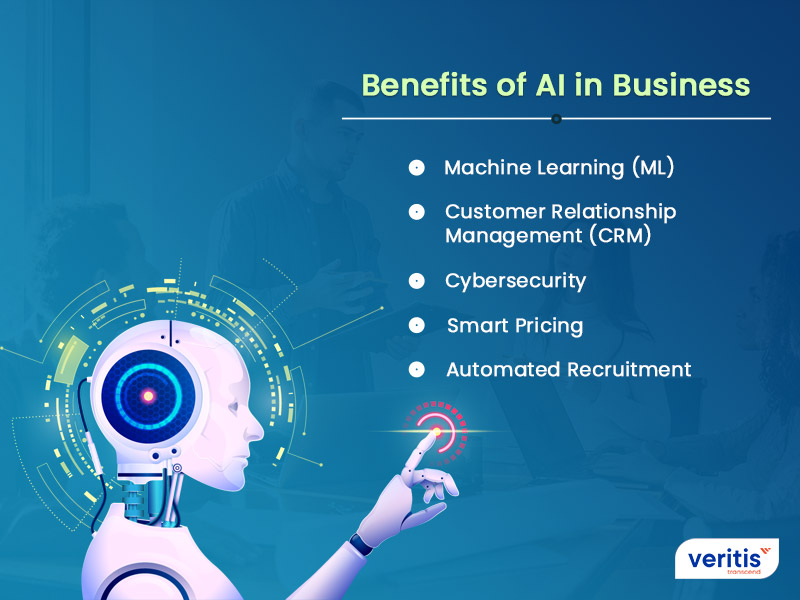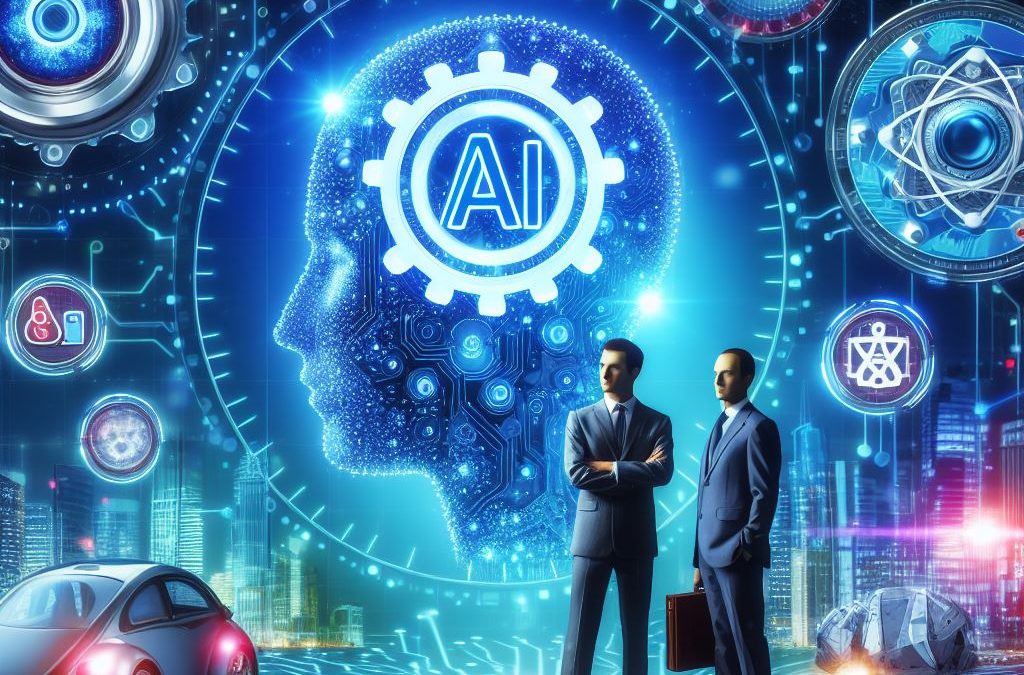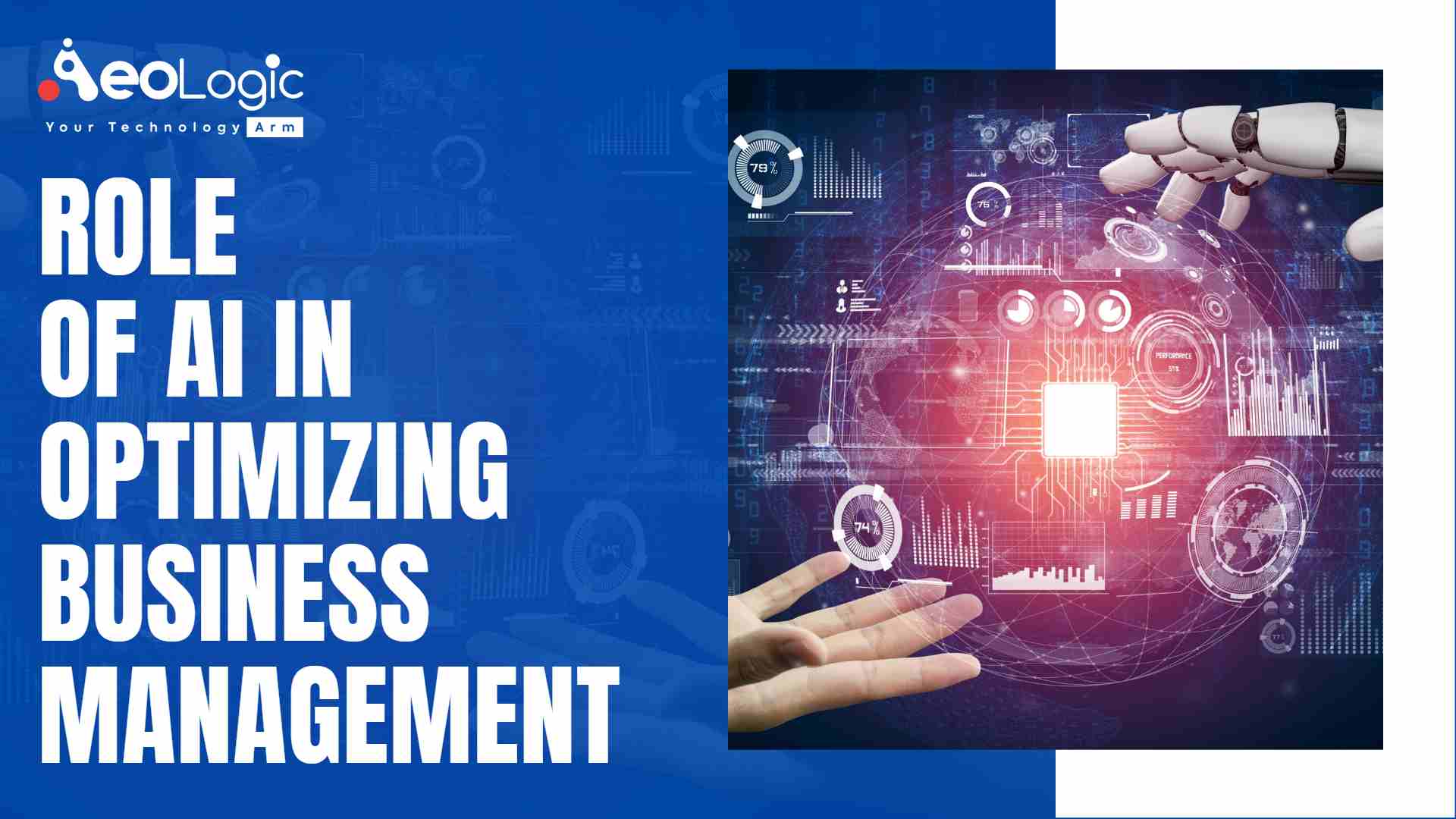
AI in Business: 2025 Trends Redefining Enterprise Strategy
Share
AI in Business: 2025 Trends Redefining Enterprise Strategy
2025 marks a transformative year for AI adoption in enterprises, driven by advancements in multimodal intelligence, autonomous agents, and ethical frameworks. As organizations transition from experimentation to full-scale implementation, these five trends will reshape business operations, decision-making, and innovation.
1. Multimodal AI: Contextual Intelligence for Complex Challenges
Processing Diverse Data Types
Next-generation AI systems now integrate text, images, audio, and sensor data to provide richer insights. For example, financial institutions analyze market commentary videos alongside quantitative data to assess sentiment with unprecedented accuracy[1][5]. In manufacturing, multimodal AI interprets sensor vibrations and operational noise patterns to predict equipment failures before they occur[5].
Human-Centric Interactions
These systems enable more natural human-AI collaboration, reducing friction in workflows. Employees can interact via voice, gestures, or visual inputs, while AI contextualizes responses based on real-time environmental data[2][5].

2. Autonomous AI Agents: Simplifying Enterprise Workflows
Task Automation Beyond Basic Processes
- Planning complex supply chains with real-time demand forecasting
- Generating legal contracts with embedded compliance checks
- Orchestrating cross-departmental projects automatically
Microsoft reports a 20% increase in generative AI adoption among business leaders, with agents handling tasks that previously required human judgment[3].
Enterprise Search Revolution
AI-powered search engines now index internal documents, emails, and external data sources to deliver actionable insights. Employees can ask natural-language questions like "What are our Q2 sales projections compared to last year?" and receive instant, context-aware responses[5].

3. Ethical AI Implementation
Transparency and Accountability
As AI assumes more decision-making roles, organizations prioritize explainable AI (XAI) frameworks. Microsoft emphasizes secure-by-design principles to ensure systems align with corporate values and regulatory requirements[3].
Addressing Bias and Fairness
Leading companies implement bias detection tools and diverse training datasets to mitigate algorithmic discrimination. This includes auditing AI models for demographic disparities in hiring, lending, and customer service applications[3][4].

4. AI-Driven Climate Solutions
Optimizing Resource Efficiency
AI models analyze energy consumption patterns to recommend sustainable practices, while predictive maintenance systems reduce waste in industrial operations. These applications help businesses meet ESG goals while improving profitability[3].
Accelerating Renewable Energy Adoption
Machine learning optimizes solar/wind farm placements and grid management, enabling faster transition to clean energy sources. Microsoft highlights AI's role in addressing global climate challenges through scalable solutions[3].

5. Human-AI Collaboration Models
Augmenting Expertise
AI acts as a strategic partner rather than replacement, enhancing human capabilities in:
- Medical diagnosis: Analyzing patient data to suggest treatment options
- Financial analysis: Identifying market trends through alternative data sources
- Product development: Generating design concepts and testing simulations
"AI is making the impossible feel possible," notes Microsoft's Chris Young, with 75% of business leaders now actively implementing generative AI solutions[3].
Preparing for the Future
Organizations must invest in:
- Upskilling employees in AI literacy
- Developing ethical AI governance frameworks
- Building scalable infrastructure for multimodal systems
Those who embrace these trends will gain competitive advantages in innovation, operational efficiency, and customer experience.


